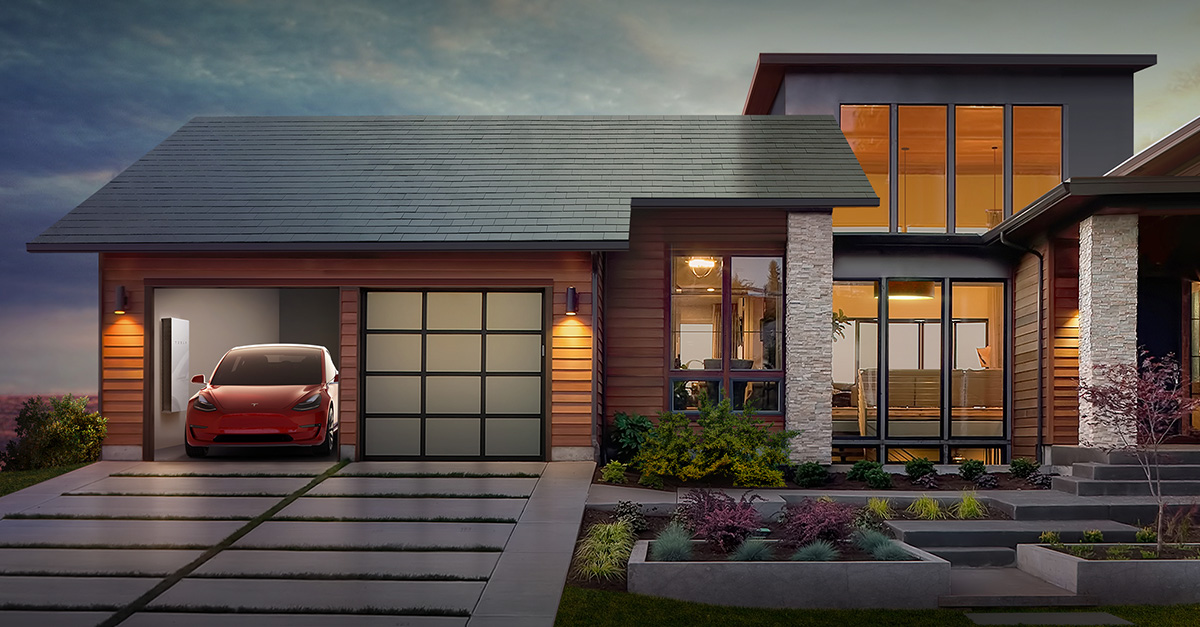Tesla will likely raise $2.7B (up from its initial plan to raise $2.35B) in the coming week with a mix of equity and debt. The central question is how much does this raise de-risk the story? The quick answer: it likely gives the company room for just over two years (9 quarters) of material set backs. Keep in mind we expect 2019 will be a rocky year for Tesla as a baseline demand for Model 3 emerges. During that time the debate about Tesla’s future will continue. Eventually (maybe 2025), EV and autonomy will go mainstream, and we believe the company will be around to capitalize on a decade long growth curve. Below is an oversimplified exercise for perspective on if $2.7B is a large enough cash raise for Tesla.
- It’s worth noting, the company sees this capital raise is an insurance policy.
- If 2019 deliveries come in at the low end of its 360k-400k range, the company expects it will not tap into any of the incremental $2.7B in cash. As a point of reference, Tesla delivered 246k vehicles in 2018 (with essentially two-quarters of volume Model 3 deliveries).
- Investors are less optimistic on demand and often expect Tesla will delivery closer to 300k vehicles in 2019 (compared to guidance of 360k-400k).
- Our high-level math suggests the $2.7B gives a 2-year cushion if deliveries come in at 300k for both 2019 and 2020. If deliveries fall below 300k in each of the next two years, the cushion will be less than just over 2 years.
- We think the latter scenario is less likely given Tesla would need to both miss the low end of the delivery target by 22% in each of the next eight quarters and burn $3,917 on each vehicle delivered. This would equate to a -6% blended vehicle gross margin compared to the current gross margin of about 20%. We think this is unlikely.
Key Assumptions:
The Tesla model is complicated and is subject to four key variables that make an exercise like this difficult. These include 1) margins, 2) ASPs, 3) timing of new vehicle ramps (Model Y, Semi, Roadster, Pickup), and 4) capital expenditures (factories, charging infrastructure, etc.). Our assumptions include:
- To be conservative, we will assume the break-even point is 380k vehicles. Tesla’s guidance implies that 360k is the minimum number of vehicles per year to maintain its cash position.
- 2020 will have the same break even as 2019 at 380k vehicles. This can fluctuate depending on the variables above, but we will assume it’s stable for simplicity’s sake.
- Tesla does not deliver 380k vehicles, instead falling short by 80k vehicles per year, delivering 300k in both 2019 and 2020.
Disclaimer: We actively write about the themes in which we invest or may invest: virtual reality, augmented reality, artificial intelligence, and robotics. From time to time, we may write about companies that are in our portfolio. As managers of the portfolio, we may earn carried interest, management fees or other compensation from such portfolio. Content on this site including opinions on specific themes in technology, market estimates, and estimates and commentary regarding publicly traded or private companies is not intended for use in making any investment decisions and provided solely for informational purposes. We hold no obligation to update any of our projections and the content on this site should not be relied upon. We express no warranties about any estimates or opinions we make.
